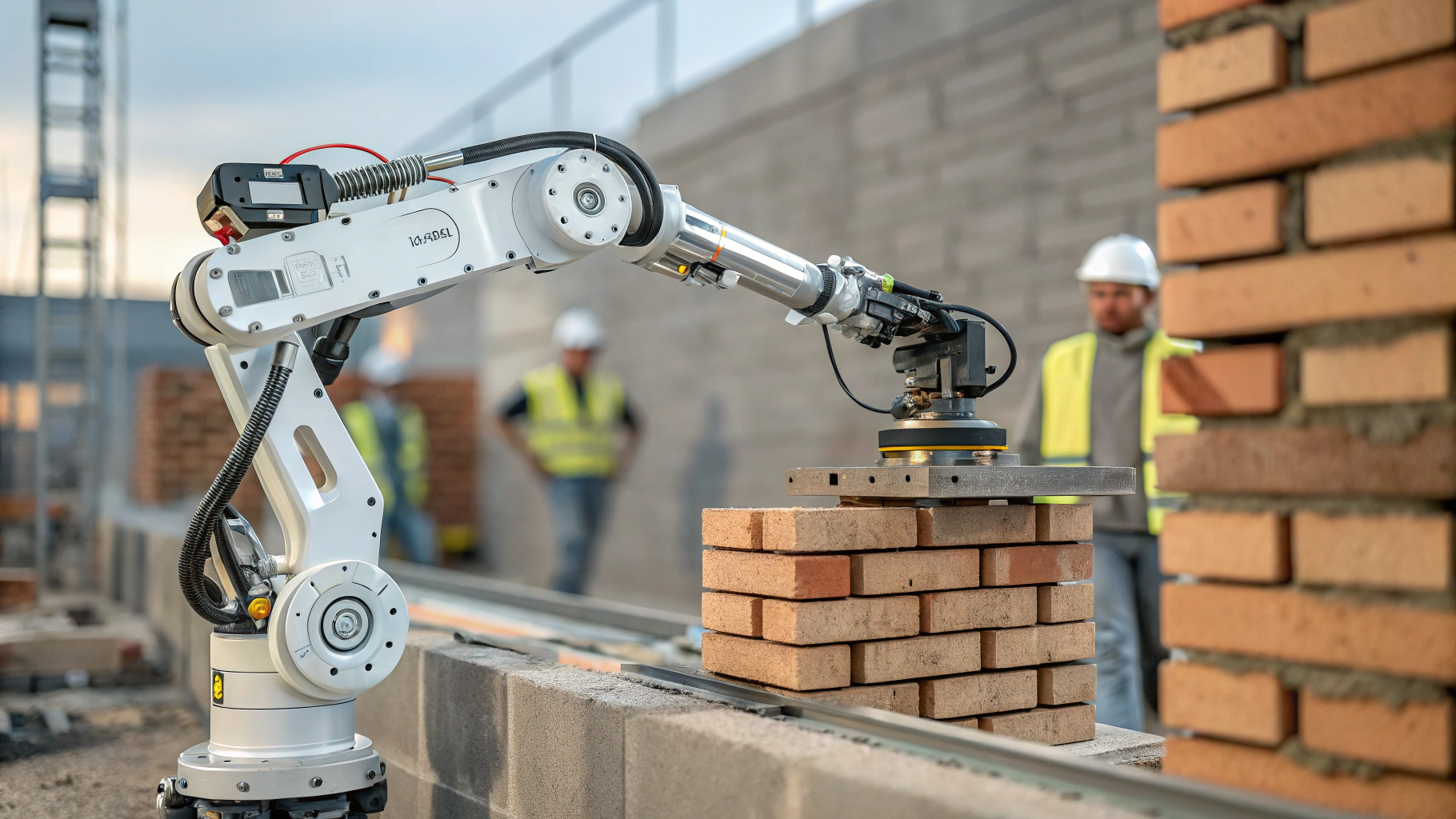As of 2025, the skilled trades sector is undergoing a significant shift. Advanced tools and digital systems are now transforming industries once defined by manual labor. With 2.1 million skilled trade jobs projected to go unfilled by 2030 due to retirements and technological demands, these careers are evolving into high-tech pathways offering stability and growth [U.S. Chamber of Commerce 2025 Workforce Report]. Below, we break down how robotics, AI, and renewable energy are reshaping modern trade professions.
1. How Technology Redefines Skilled Trades Careers
Automation in Modern Trade Professions
Robotic bricklayers now work three times faster than humans, while automated welding systems handle hazardous tasks with exact precision [PTT.edu 2025 Industry Report]. These tools don’t eliminate jobs, but transform them. Take John Rivera, a 28-year-old robotics mechanic, who describes reprogramming collaborative robots (cobots) as “like teaching a new coworker every day.” Technicians now troubleshoot software and analyze data, blending mechanical expertise with tech fluency [Steadfast Employment 2024 Study].

AI’s Role in Advanced Technology Trades
Predictive maintenance systems act like a "check engine" light for industrial equipment, using vibration and temperature data to prevent failures. In construction, AI optimizes material orders, cutting project delays by 20% [PTT.edu 2025].
AR/VR Training for Tech-Savvy Workers
Apprentice electricians master high-voltage scenarios in VR simulations, while institutions like Washtenaw Community College use AR overlays to guide plumbing installations in real time, accelerating skill acquisition by 40% [Excelsior University 2025 Analysis].

Renewable Energy’s Workforce Boom
Wind turbine technicians lead U.S. job growth at 60%, with solar installers following closely. These roles demand traditional electrical skills alongside expertise in smart grid software and battery systems [Bureau of Labor Statistics 2025 Data].

2. Digital Integration in Trade Professions
IoT and 5G are revolutionizing job sites. Plumbers deploy smartphone-connected leak detectors, while HVAC technicians optimize climates via AI thermal models. Field service platforms like Fieldwire digitize contractor workflows, reducing invoicing errors by 30% [Panasonic Connect 2025 Case Study].
5G-enabled cranes transmit load data to engineers’ tablets to prevent accidents, and IoT concrete sensors ensure structural integrity by monitoring curing times [Deloitte 2025 Engineering Report].
3. Skill Evolution: Bridging Old and New Techniques
Building Information Modeling (BIM), a 3D design tool that detects conflicts before construction, saved Denver International Airport $4.7 million during its expansion. Welders and electricians collaborate on digital twins that update in real time [Autodesk 2025 Construction Report].
Training programs now blend hands-on skills with tech literacy. Michigan’s Washtenaw Community College teaches welding alongside Python coding for automated machinery, while microcredentials in robotics maintenance have surged 210% since 2023 [GWGCI 2025 Training Data].
4. Tech-Integrated Modern Trade Professions in Demand
| Role |
Tech Tools |
Growth Outlook |
| Smart Building Technician |
AI HVAC systems, IoT sensors |
22% by 2030 [Forbes 2025] |
| Renewable Energy Auditor |
Solar yield software (e.g., Aurora Solar) |
45% by 2027 [PTT.edu 2025] |
| Industrial Robotics Mechanic |
Collaborative robot programming |
18% by 2026 [Simplilearn 2025] |
5. Next-Gen Training for Advanced Technology Trades
At Texas vocational schools, apprentices use AI-driven modules to master welding in half the time. Dallas College’s adaptive AI tutor personalizes electrical courses, while hybrid programs like Penn Foster’s combine online theory with maker-space labs, cutting training costs by 60% [NATS 2025 Education Report].
6. Overcoming Tech Adoption Challenges
Though 44% of contractors cite tool costs as barriers, states like Ohio offer tax credits covering 35% of AR headset purchases [NFPA 2025 Survey]. Resistance lingers, 20% of veteran electricians distrust automated diagnostics, but mentorship programs pairing novices with tech-savvy experts show promise [Fire & Safety Journal 2025].
7. Safety and Efficiency Gains in Tech-Driven Trades
Drones inspect rooftops in minutes instead of hours, while exoskeletons reduce welder fatigue injuries by 52% [WSH&B Law 2025]. Data analytics slashes rework rates, saving firms like Turner Construction $11 million annually [BizPlanr 2025 Analysis].
8. Future-Proofing Skilled Trades Careers
Global infrastructure projects will require 1.6 million new construction roles by 2027, many needing CNC machine or 3D printing skills [Randstad 2025]. Entrepreneurs thrive too: 34% of landscaping startups use drone irrigation systems for smart city contracts [PTT.edu 2025].
The Bottom Line: Craftsmanship Meets Innovation
The future of skilled trades careers lies in synergy. In Austin, Texas, solar installers use blockchain-enabled logs to track grid maintenance, honoring decades of expertise while building tomorrow’s infrastructure. For those ready to pair wrenches with tablets, this tech-driven era offers unmatched opportunity. As John Rivera puts it:
“We’re not just fixing machines anymore, but we’re shaping what’s next.”

